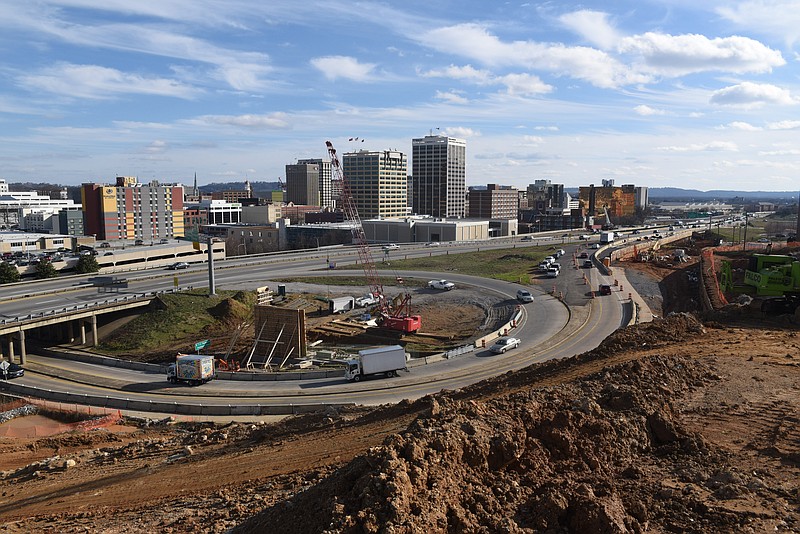Tennessee's annual estimate of costs for needed roads, schools, parks and other infrastructure is now $45 billion in the five years between 2016 and 2021, a new report states.
That's up about $2 billion, or 4.7 percent, from last year, according to the Tennessee Advisory Commission on Intergovernmental Relations, or TACIR, a research institution that explores solutions for state and local governments.
TACIR's latest report, issued Monday, holds out hope that the infrastructure inventory could help local communities win federal funding under President Donald Trump's infrastructure plan, if it comes to pass.
The TACIR report includes a statewide overview chapter with information by type of infrastructure, the condition and needs of our public school facilities, the availability of funding to meet reported needs, and a comparison of county-area needs. It includes one-page summaries for each Tennessee county.
Costs for current infrastructure needs fall into six general categories, according to the report:
- Transportation and utilities: $24.8 billion
- Education: $10.4 billion
- Health, safety, and welfare: $6.9 billion
- Recreation and culture: $1.8 billion
- General government: $767 million
- Economic development: $360 million
Transportation and utilities has always been the single largest category and remains so despite a small increase of $230 million from last year.
Education, the second-largest category, increased $935 million. The cost calculation includes new schools and additions, renovations, technology upgrades and money to address state and federal mandates.
Preliminary discussions of Trump's infrastructure plan indicate states could receive rural infrastructure funds if they have plans for investing the money. The TACIR news release said the report "could provide a foundation for meeting this or similar requirements."
See the full report at www.tn.gov/tacir/infrastructure/infrastructure-reports-/building-tennessee-s-tomorrow-2016-2021.html.
